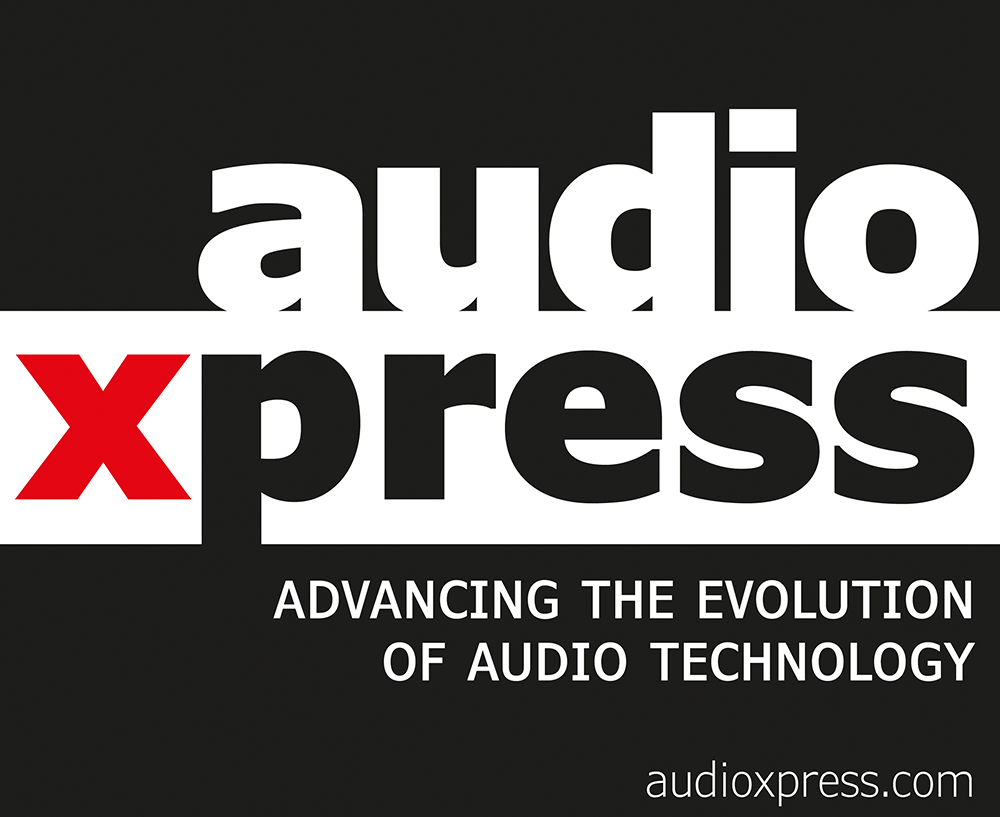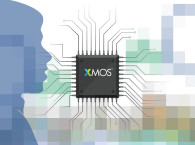This level of continued productivity and connectivity would have been unimaginable before 2020, when cloud-based solutions multiplied. Almost overnight, companies learned to tap into cloud-based, scalable architectures that could deliver four to five times the network bandwidth to multi-point servers than what they managed on premises or with VPNs.
In parallel, personalized experiences ballooned. People wanted a sense of professionalism from their homes, as well as the ability to offer feedback to their colleagues, prompting cloud communication tools to show tremendous agility in a relatively short period of time. Applause cues, emojis, and personalized backdrops came online and triggered a rush toward greater adaptability from vendors such as Microsoft, Google, Slack, and Zoom.

How CIOs and CTOs choose to accommodate these tech-literate users with unified communications will significantly impact employee satisfaction down the line, and may even determine which employees decide to stay and move on. Meeting the emerging work from anywhere (WFA) trend will be vital to organizations that are serious about enabling workflow in 2021.
Empower Employees to Be as Productive as Possible
The journey to a user-centric approach to unified communications was a long one. On-premises solutions were long thought to be more secure, private, and reliable. Then IT came around to the idea of testing non-critical components in the cloud to measure performance and cost. Office 365 was among the solutions that furthered cloud adoption, highlighting the benefits of a monthly SaaS subscription that’s continually updated versus an expensive on-premises alternative.
Between the rise of Azure, AWS, Google Cloud, and other offerings, enterprises have become receptive to the idea of cloud technology. There was also a revisiting of the form factors where it became possible to embed shared applications into a conferencing system, rather than host a single system with a bunch of peripherals running Microsoft Teams on a dedicated PC.
The market is moving toward simpler-to-manage appliance-like models that are easy to use and deploy, and it’s the quality of the device that will matter most. Individuals need to bring high-quality audio and video to every meeting, no matter where it takes place.

If the last year is any indication, people are likely to have more, not fewer, meetings. Accommodating that from a UC-perspective requires IT to shift from installed kits to bring your own meeting (BYOM)-friendly technologies, depending on room configuration. While a large room may be equipped with a component model, many smaller rooms or informal meeting spaces can be outfitted with just videobars and in-room displays.
Outfitting small- and medium-sized spaces with "appliance" conferencing solutions ensures that everyone in the space is easily heard and understood, recreating the intimacy of an in-person meeting. The fact that these solutions are designed for crystal-clear video and voice calls that sound natural in groups, make them ideal for huddle spaces as well. And in the vein of true WFA, single-cable connectivity eliminates the need for separate audio and video cables. The simple form factor and attention to quality with some of these devices effectively reduce the complexity that end up occupying IT and annoying end users.
Don’t Just Give Them What They Want – Give Them What They Need
We are about two-thirds of the way through a 10-year shift from on-premises standards-based systems to cloud-enabled innovations, and user literacy has caught up. Instead of requiring IT to step in before a meeting, most employees can start on their own and address any potential technology delays, supported by a new generation of unified communications resources.
Post-pandemic, conferencing cameras and microphones will be as ubiquitous as chairs in the office, as organizations create video-enabled spaces to support users who want to meet wherever they like and have the audio and video they need. These are already priorities on the agendas of many enterprise leaders, and as long as they remain priorities for employees, CIOs and CTOs will continue to deliver the technologies employees need to succeed.

This article by Jon Schau - Lead Engineer for Emerging Technology at Bose Professional was originally published in The Audio Voice newsletter, April 15, 2021 (#323). Click to register to The Audio Voice






